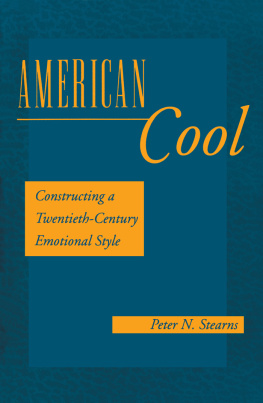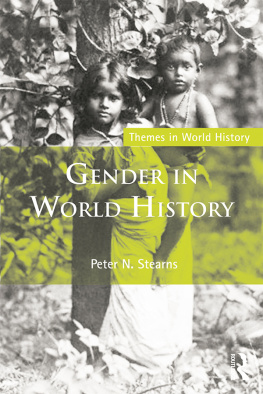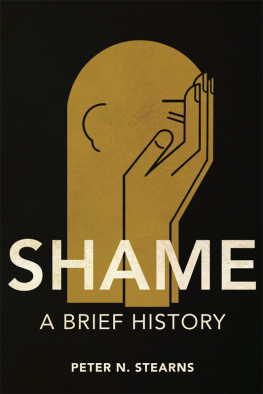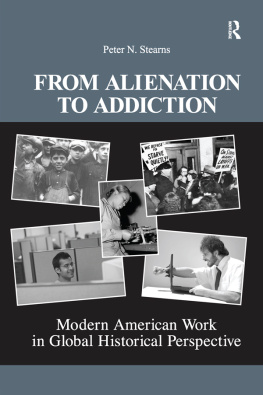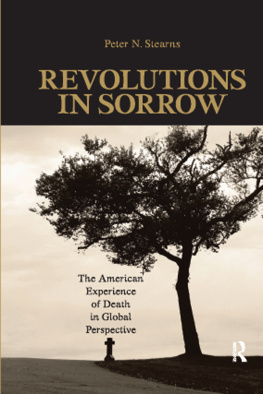Thank you for buying this ebook, published by NYU Press.
Sign up for our e-newsletters to receive information about forthcoming books, special discounts, and more!
Sign Up!
About NYU Press
A publisher of original scholarship since its founding in 1916, New York University Press Produces more than 100 new books each year, with a backlist of 3,000 titles in print. Working across the humanities and social sciences, NYU Press has award-winning lists in sociology, law, cultural and American studies, religion, American history, anthropology, politics, criminology, media and communication, literary studies, and psychology.
American Cool
The History of Emotions Series
EDITED BY
PETER N. STEARNS, CARNEGIE-MELLON UNIVERSITY
JAN LEWIS, RUTGERS UNIVERSITYNEWARK
1. On the Sources of Patriarchal Rage: The Commonplace
Books of William Byrd and Thomas Jefferson and the
Gendering of Power in the Eighteenth Century
KENNETH A. LOCKRIDGE
2. The Anchor of My Life: Middle-Class American
Mothers and Daughters, 18801920
LINDA W. ROSENZWEIG
3. American Cool: Constructing a Twentieth-Century
Emotional Style
PETER N. STEARNS
American Cool
Constructing a Twentieth-Century
Emotional Style
Peter N. Stearns
NEW YORK UNIVERSITY PRESS
New York and London
Copyright 1994 by New York University
All rights reserved
Library of Congress Cataloging-in-Publication Data
Stearns, Peter N.
American cool : constructing a twentieth-century emotional style /
Peter N. Stearns,
p. cm. (History of emotions series)
Includes bibliographical references (p.) and index.
ISBN 0-8147-7979-4 (cloth : alk. paper)ISBN 0-8147-7996-4 (pbk. : alk. paper)
1. United StatesSocial life and customs20th century
Psychological aspects. 2. Middle classUnited StatesPsychology.
3. EmotionsSocial aspectsUnited StatesHistory20th century.
I. Title. II. Series.
E169.S786 1994
305.550973dc20 93-42152
CIP
New York University Press books are printed on acid-free paper,
and their binding materials are chosen for strength and durability.
Manufactured in the United States of America
10 9 8 7 6 5 4 3 2 1
For my family, some of whom think theyre pretty cool.
Contents
Acknowledgments
A number of people have contributed to this study. Research assistants have been invaluable, not only in ferreting out data but also in collaborating on thinking through the results. Steve Tripp, Timothy Haggerty, Amy deCamp, Mark Knapp, Steve Beaudoin, and Barry ORorke have carried out important phases of this inquiry. Charles Hachten and Daniel Fiore also contributed directly by generously sharing undergraduate research projects. Scarlett Townsend, Karen Callas, Clio Stearns, and particularly Gail Dickey and Naomi Wahlberg assisted in various phases of manuscript preparation. Barbara Lassonde provided vital editorial help. Niko Pfund and Despina Papazoglou Gimbel, of New York University Press, offered encouragement and a host of additions and corrections. Many colleagues have contributed not only suggestions but essential research ideas as well: John Modell, Jan Lewis, Stephen Lassonde, Deborah Stearns, Steve Gordon, Wendy Wiener, and Linda Rosenzweig head a long list. Both the sociology department of the University of Amsterdam and the International Society for Research on Emotion gave me opportunities to try out key ideas in the final phases of the synthesis. I am particularly grateful to my ISRE colleagues for the regular interdisciplinary stimulus and support they provide. Last but definitely not least, Carol Z. Stearns has contributed suggestions, criticisms, and fundamental ideas all along the way.
1
Introduction
Cool. The concept is distinctly American, and it permeates almost every aspect of contemporary American culture. From Kool cigarettes and the Snoopy cartoons Joe Cool to West Side Story (Keep cool, boy.) and urban slang (Be cool. Chill out.), the idea of cool, in its many manifestations, has seized a central place in the American imagination.
By the 1990s, the word has come to mean many things, but it always suggests approval. A university student writes on an examination that Columbus received a hearty welcome on his return to Spain; when asked why he made such an egregious historical mistake, he points to the textbook, which states quite clearly that the explorer had received a cool reception. This anecdote encapsulates the recent history of the word cool. The textbook writer had used the word according to its dictionary definitionrestraintbut the university student understands it to mean good. Thus the positive connotation of cool, along with its increasing usage, symbolizes our cultures increased striving for restraint. Being a cool character means conveying an air of disengagement, of nonchalance, and using the word is part of the process of creating the right impression. The popularity of the word is accompanied by other revealing usages: one can lose or blow ones cool. Cool has become an emotional mantle, sheltering the whole personality from embarrassing excess.
Where did this preoccupation with dispassion, with cool, come from? How did it arise and evolve? How was Victorian emotional culture, seemingly so ensconced, replaced with the current emotional status quo? Whence came American cool?
This book addresses these questions by analyzing a major change in American middle-class emotional culture, a change that took place between approximately the end of World War I and midcentury. In the last half of the nineteenth century, a complex emotional culture flourished among the Victorian middle class, exerting a powerful influence on the entire range of social relationships. This influence extended into the twentieth century, but by the 1920s Victorian standards were being irrevocably transformed, preparing the way for a cooler approach to emotional expression. American Cool exposes a major break in what have been called feeling rulesthe recommended norms by which people are supposed to shape their emotional expressions and react to the expressions of others.
American Cool focuses extensively on the transition decades, from the erosion of Victorianism in the 1920s to the solidification of a cool culture in the 1960s. Beyond describing the characteristics of the new directions and the ways in which they altered or amended earlier standards, the book seeks to explain why the change occurred. It then assesses some of the outcomes and longer-range consequences of this change.
Emotional culture is an important topic in its own right, being a component of those deeply held popular beliefs that are sometimes summed up in the word mentality.disseminated emotional norms to evidence of middle-class reception to consequences in public behaviors.
And the analysis will address actual emotions, despite the difficulty of separating them from the surrounding emotional culture. Most emotionologists argue that cultural standards at least partially shape real emotional life itself. No definitive resolution of this debate is in sight. The present study certainly assumes that basic emotions are not the whole storythat emotional experience contains a strong cognitive and self-reflective element that is greatly affected by the cultural standards applied to the experience. However, this study also deals with the probability that cultural change must itself be assessed in terms of its success or failure in dealing with some natural impulses.


